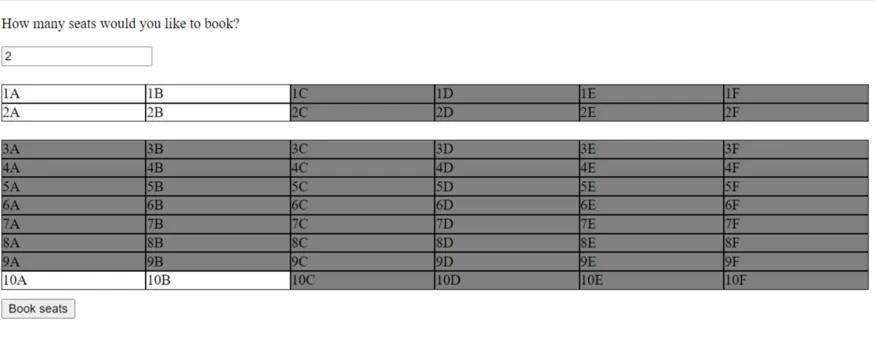With React 19, the React team has streamlined how refs are handled in components, marking a significant shift in API design. The forwardRef utility is now deprecated, allowing developers to pass ref directly as a standard prop. This change simplifies component architecture and aligns with React's ongoing efforts to reduce boilerplate. Let’s explore what this means for your codebase and how to adapt.
Photo by Lautaro Andreani on Unsplash
What Was forwardRef?
Before React 19, functional components couldn’t inherently receive ref props because React reserved them for class components and DOM elements. To work around this, forwardRef explicitly forwarded refs to child components or DOM nodes.
Example: Pre-React 19 Usage
import React, { forwardRef } from 'react';const MyButton = forwardRef((props, ref) => ( <button ref={ref} {...props}> {props.children} </button>));// Usageconst App = () => { const buttonRef = React.useRef(); return <MyButton ref={buttonRef}>Click Me</MyButton>;};
While functional, this pattern introduced boilerplate and complexity, especially for newcomers.
What’s New in React 19?
React 19 eliminates the need for forwardRef by allowing ref to be passed directly as a prop to functional components, just like any other prop.
Example: React 19 Simplified Syntax
const MyButton = ({ ref, ...props }) => { return ( <button ref={ref} {...props}> {props.children} </button> );};// Usageconst App = () => { const buttonRef = React.useRef(); return <MyButton ref={buttonRef}>Click Me</MyButton>;};
No wrapper required — cleaner and more intuitive!
Why This Change Matters
- Simplified API
No more mental overhead of
forwardRef—refs behave like regular props. - Reduced Boilerplate Remove unnecessary function wrappers for cleaner code.
- Consistent Patterns Aligns ref handling across functional components, class components, and DOM elements.
Migrating from forwardRef to React 19
Step 1: Remove forwardRef Wrapper
Before (React 18):
const MyComponent = forwardRef((props, ref) => ( <div ref={ref}>{props.children}</div>));
After (React 19)
const MyComponent = ({ ref, ...props }) => { return <div ref={ref}>{props.children}</div>;};
Step 2: Update TypeScript Definitions (If Applicable)
For TypeScript users, update component props to include ref:
type MyComponentProps = { ref?: React.Ref<HTMLDivElement>; children: React.ReactNode;};const MyComponent = ({ ref, ...props }: MyComponentProps) => ( <div ref={ref}>{props.children}</div>)
Key Considerations
- Backward Compatibility
Existing
forwardRefcode will still work, but migrate gradually for future-proofing. - Third-Party Libraries
Many libraries may still use
forwardRef. Check for updates or compatibility layers. - Edge Cases
Class Components: Ref behavior remains unchanged (refs point to component instances).DOM Elements: Continue using ref directly on JSX elements.
The Future of forwardRef
While forwardRef is deprecated, it will remain functional in React 19 for backward compatibility. Future React versions will phase it out entirely. The React team plans codemods to automate migration for large codebases.
Conclusion
React 19’s ref prop simplification is a win for developer experience, reducing boilerplate and unifying patterns. By adopting this change early, you’ll ensure smoother upgrades and cleaner code. Start refactoring your components today!
Pro Tip: Use React’s official codemod tools (when available) to automate migration at scale.
🚀 Embrace the simplicity and happy coding! Clap if this helped you unlock React 19’s potential!
Additional Resources
Thank you for being a part of the community
*Before you go:*️️
- Follow us: X | LinkedIn | YouTube | Newsletter | Podcast | Twitch
- Start your own free AI-powered blog on Differ 🚀
- Join our content creators community on Discord 🧑🏻💻
- For more content, visit plainenglish.io + stackademic.com

